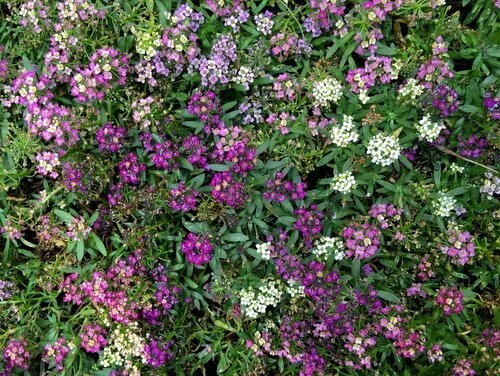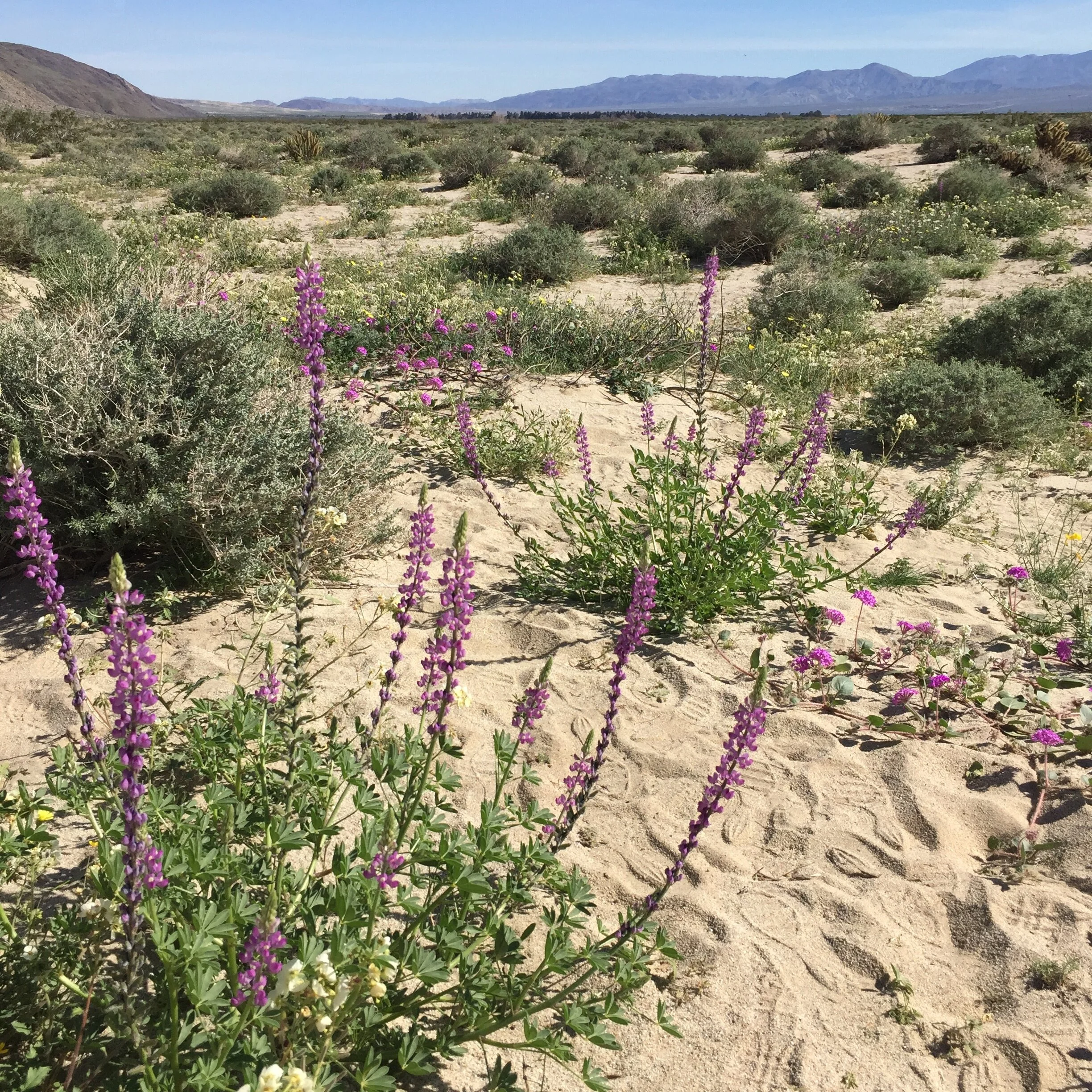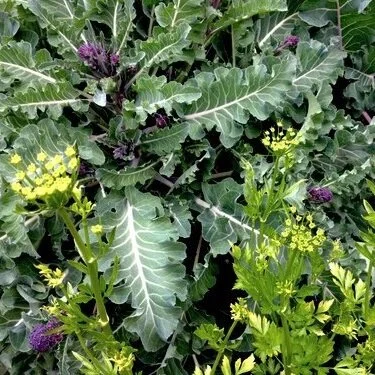Flowers Replace Insecticides in Lettuce Production
Flowers instead of insecticides—what a concept! Insectary plants attract, feed and shelter insects to enhance biological pest control. (UC IPM) Alyssum is an insectary plant with proven success in controlling aphids in commercial organic lettuce fields. You can enlist the aid of beneficial insects in the pest wars in your home garden.
Research generated by the USDA’s Agricultural Research Service in the heart of America’s Salad Bowl is showing how lettuce growers can control pests without the use of insecticides, by allowing a few flowering plants to grow among the salad greens. Organic farmers have long known that planting sweet alyssum throughout a lettuce field effectively controls aphids, a major pest of salad crops. Sweet alyssum attracts beneficial insects including hoverflies, whose larvae each chomp down as many as 150 aphids per day.
Watch the video where researcher, Dr. Eric Brennan, at Agricultural Research Service, USDA explains this fascinating nine year research project using sweet alyssum as an insectary plant.
Or read the research summary in a PDF from UC IPM, Promoting conservational biocontrol by using insectary plants in organic lettuce
“Additive intercropping” inserts one or two alyssum plants per every 50 lettuce plants. Brennan says. “Farmers can provide the beneficial insects with the resources they need to control aphids, without giving up any valuable lettuce-growing area.”
“Organic lettuce growers like to use alyssum in their production because it is such an effective way to control aphids,” Brennan says. “If you drive by a field in Central California that has a lot of alyssum, it’s almost guaranteed to be an organic lettuce field.”
A few weeks ago, I again planted a container of alyssum and placed it near my brassicas. I couldn’t resist the magenta mix, though the research found Sweet Alyssum performed better than ornamental alyssum. Purchase organic seed at Johnny’s Seeds.
I also planted three alyssum plants next to my kale. I hope they don’t self sow as they can in our climate. If they do, I’ll just move them about as my insectary plants. Share your experience with insectary plants in Comments below.
To leave a comment, click on “Leave a comment/Show comments,” enter the comment, then insert your name. Email address and website URL are optional. Finally, click on “Comment as Guest” to post comment.






